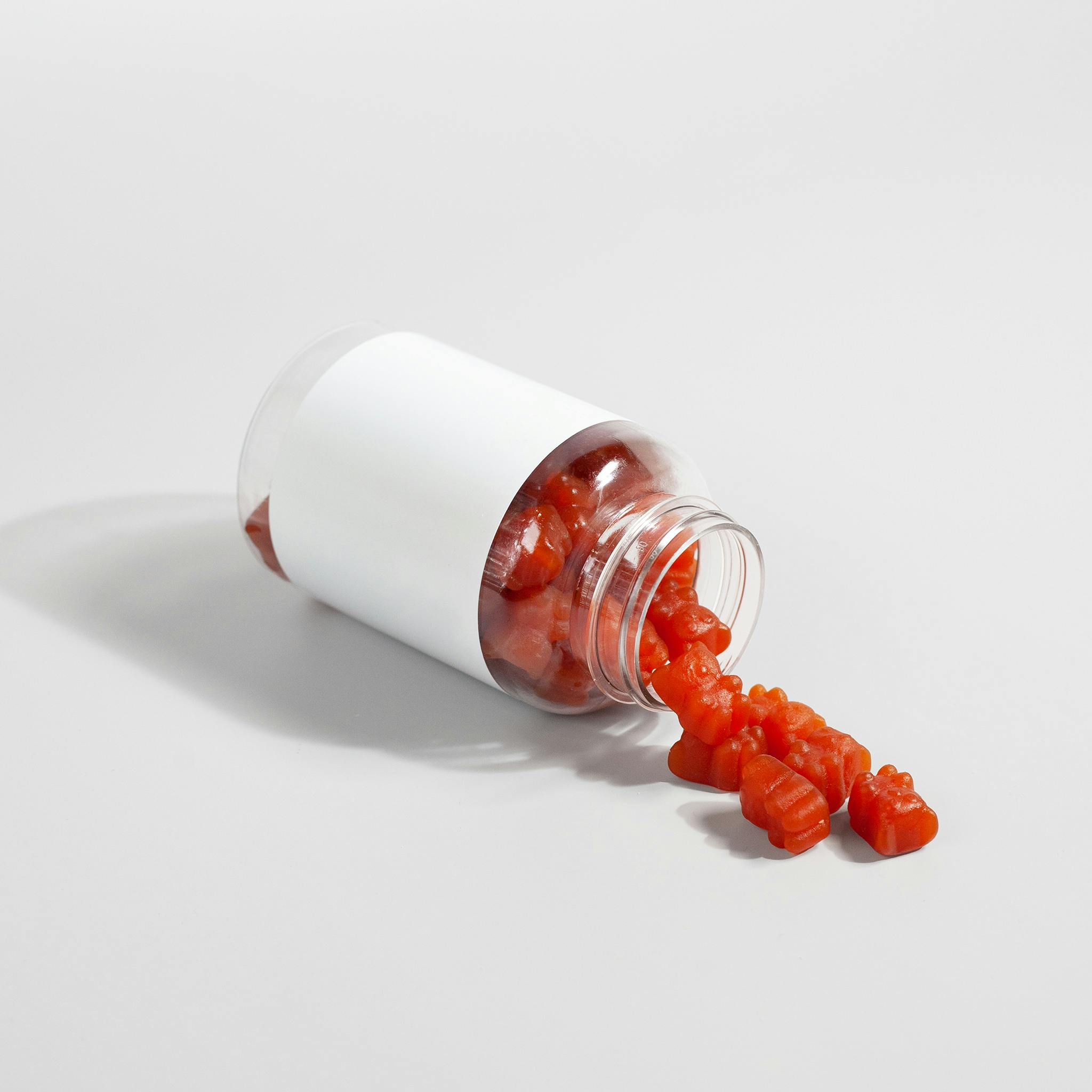Spontaneous resolution and the role of endoscopic surgery in the treatment of primary obstructive megaureter: a review of the literature

Published: December 19 2023
Abstract Views: 873
PDF: 443
HTML: 4
HTML: 4
Publisher's note
All claims expressed in this article are solely those of the authors and do not necessarily represent those of their affiliated organizations, or those of the publisher, the editors and the reviewers. Any product that may be evaluated in this article or claim that may be made by its manufacturer is not guaranteed or endorsed by the publisher.
All claims expressed in this article are solely those of the authors and do not necessarily represent those of their affiliated organizations, or those of the publisher, the editors and the reviewers. Any product that may be evaluated in this article or claim that may be made by its manufacturer is not guaranteed or endorsed by the publisher.
Similar Articles
- Salvatore Fabio Chiarenza, Cosimo Bleve, Elisa Zolpi, Francesco Battaglino, Lorella Fasoli, Valeria Bucci, Endoscopic balloon dilatation of primary obstructive megaureter: method standardization and predictive prognostic factors , La Pediatria Medica e Chirurgica: Vol. 41 No. 2 (2019)
- Antonio Marte, Staghorn stone in megapolycalicosis in a child: Still the case for open surgery? Case report , La Pediatria Medica e Chirurgica: Vol. 44 No. 1 (2022)
- Francesca Destro, Giorgio Selvaggio, Federica Marinoni, Andrea Pansini, Giovanna Riccipetitoni, High-pressure balloon dilatation in children: our results in 30 patients with POM and the implications of the cystoscopic evaluation , La Pediatria Medica e Chirurgica: Vol. 42 No. 1 (2020)
- Valentina Caputo, Cosimo Bleve, Giulia Brooks, Elisa Zolpi, Salvatore Fabio Chiarenza, Case report of rare presentation of schistosomiasis: delayed diagnosis of genitourinary schistosomiasis in an adolescent , La Pediatria Medica e Chirurgica: Vol. 46 No. 2 (2024)
- Salvatore Fabio Chiarenza, Elena Carretto, Valeria Bucci, Samuele Ave, Giuseppe Pulin, Cosimo Bleve, Uretero-pelvic junction obstruction in children: Is vascular hitch an effective and safe solutions in very long term outcome? Report of 25 years follow-up , La Pediatria Medica e Chirurgica: Vol. 45 No. 1 (2023)
- Chiara Costantini, Federica Fati, Elisa Pani, Fabio Beretta, Silvia Bisoffi, Giosuè Mazzero, Elisa Negri, Clara Revetria, Hamid R. Sadri, Enrico Ciardini, Two-balloon epistaxis catheter to ensure vaginal patency in a complex case of vaginoplasty for vaginal agenesis: a case report , La Pediatria Medica e Chirurgica: Vol. 45 No. 2 (2023)
- Savina Mannarino, Eitan Keizman, Michele Pasotti, Alessia Claudia Codazzi, Elisabetta De Sando, Alessandro Giamberti, A rare case of discrete aortic coarctation in Williams-Beuren syndrome. Diagnostic and therapeutic considerations , La Pediatria Medica e Chirurgica: Vol. 37 No. 2 (2015)
- Giovanna Stringari, Giulia Barbato, Matteo Zanzucchi, Maddalena Marchesi, Giuseppe Cerasoli, Bertrand Tchana, Alessandro Gritti, Valeria Boccaletti, Alfonsa Anna Lombardi, Nicola Carano, Propranolol treatment for infantile hemangioma: a case series of sixty-two patients , La Pediatria Medica e Chirurgica: Vol. 38 No. 2 (2016)
- Mariapina Cerulo, Assunta Turco, Ciro Esposito, Minimally invasive pilonidal sinus disease (PSD) treatment in pediatric patients: A narrative review , La Pediatria Medica e Chirurgica: Vol. 44 No. 1 (2022)
- Alessandro Calisti, Kibreab Belay, Andrea Mombo, Faisal Abdelgalil Nugud, Diaaeldinn Yaseen Salman, Pierluigi Lelli Chiesa, Presentations of bladder exstrophy in a resource-limited setting and the role of Mainz II continent diversion for late referrals or failed primary closures: a multicentric report , La Pediatria Medica e Chirurgica: Vol. 45 No. 2 (2023)
1-10 of 134
Next
You may also start an advanced similarity search for this article.









